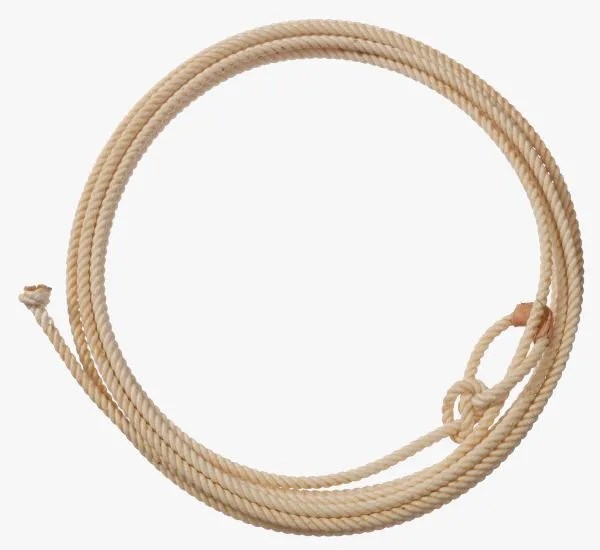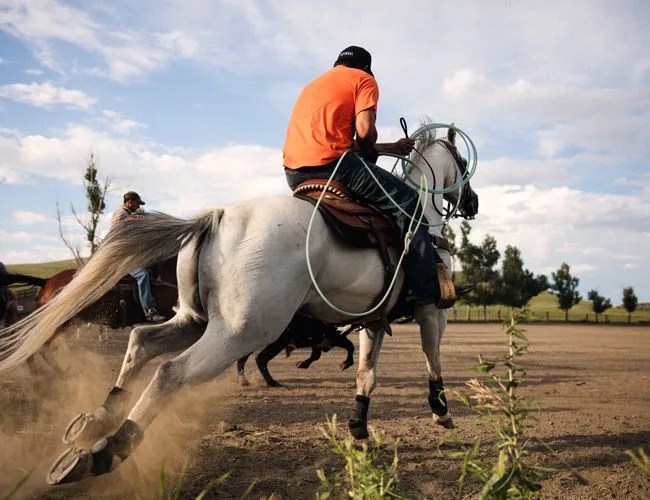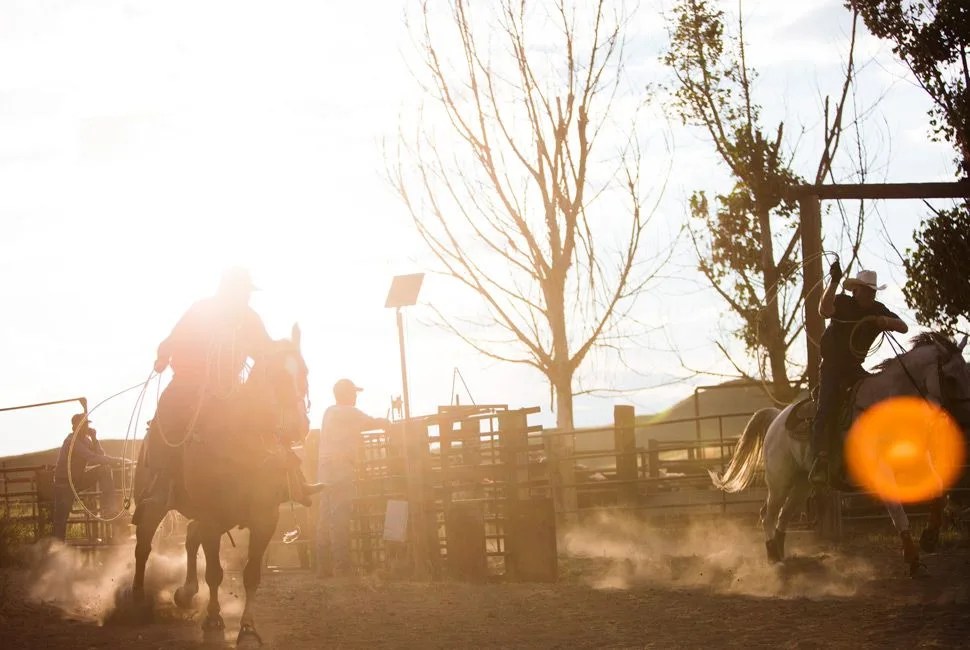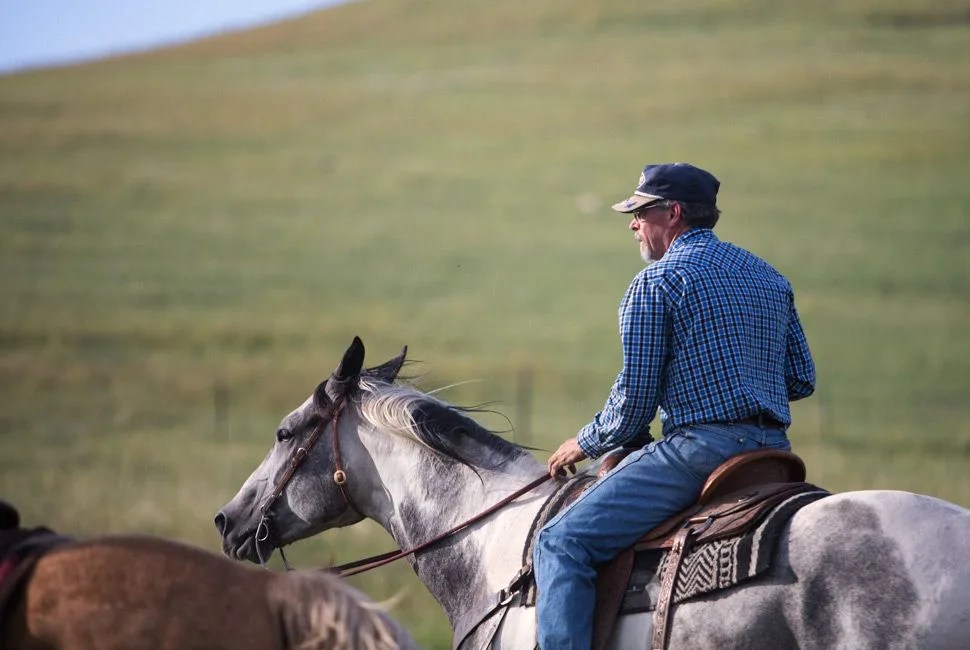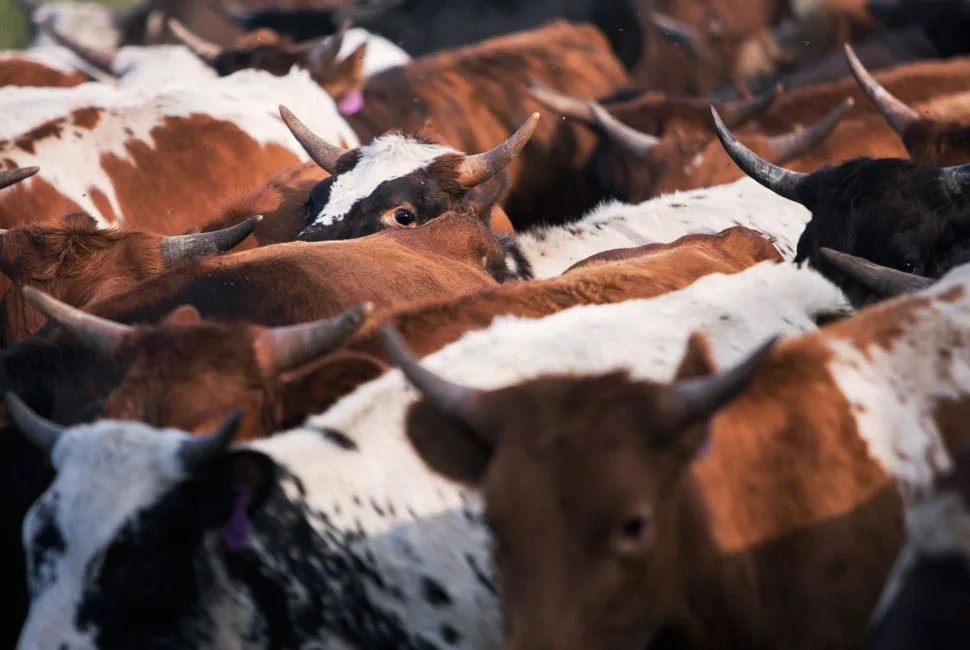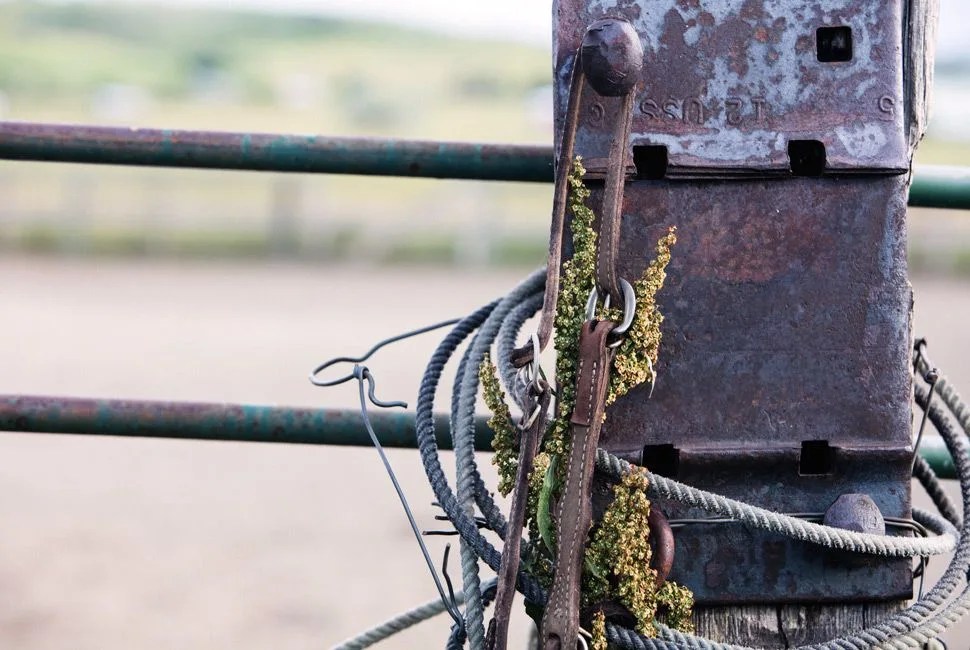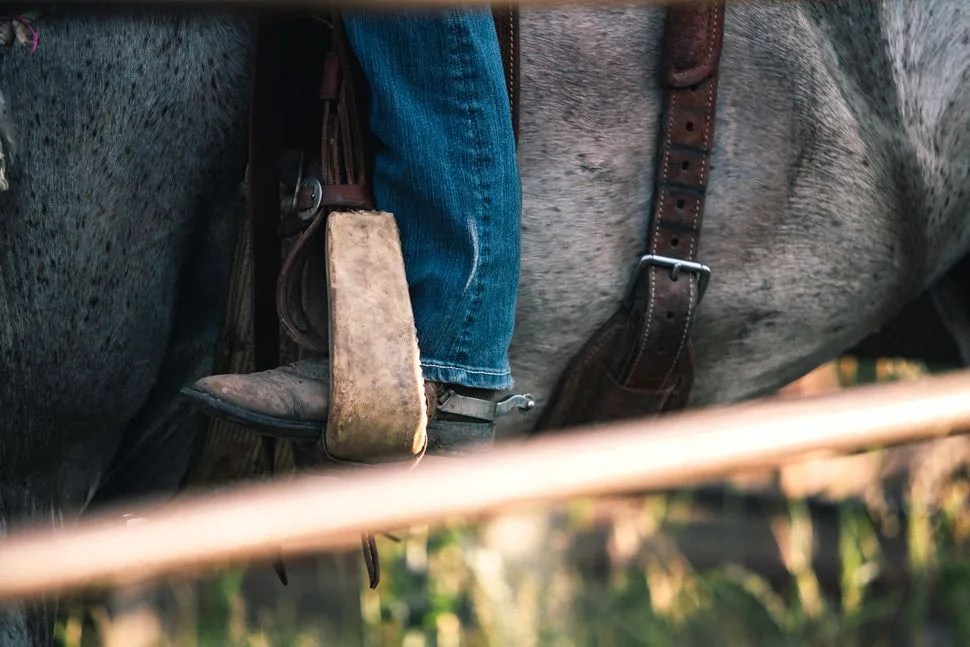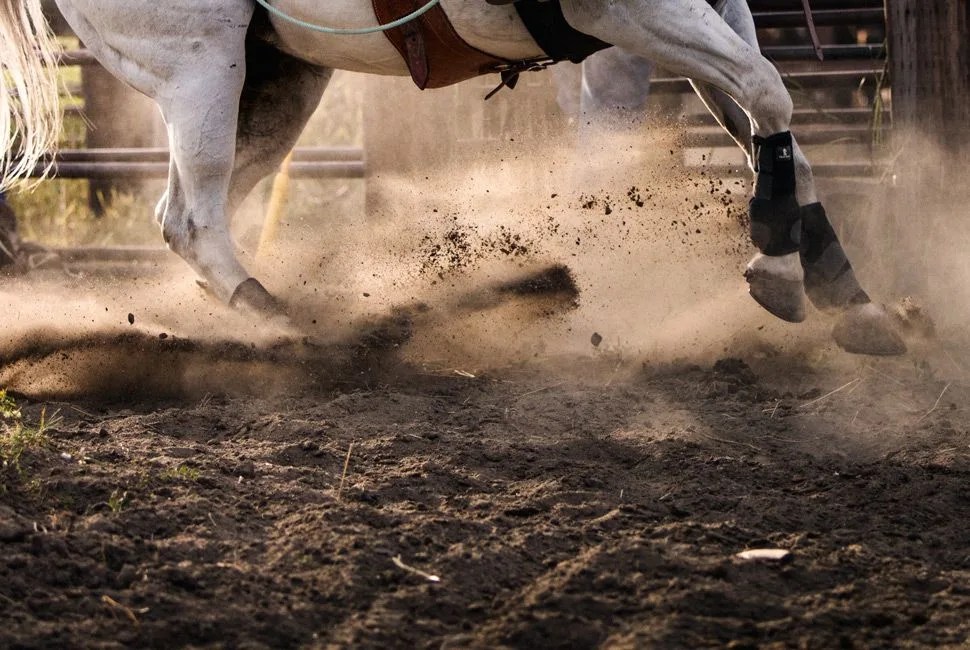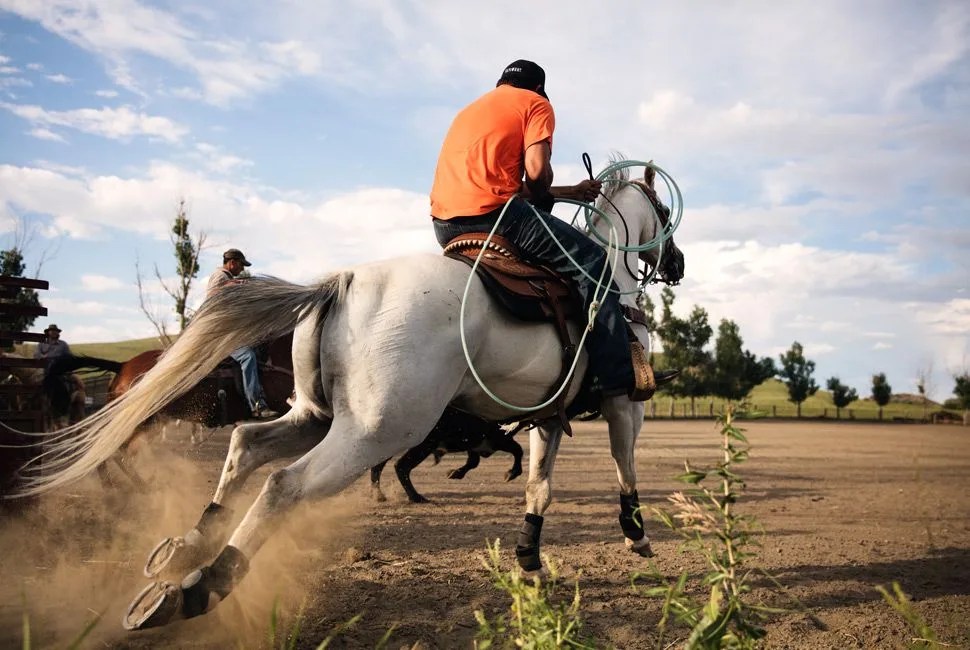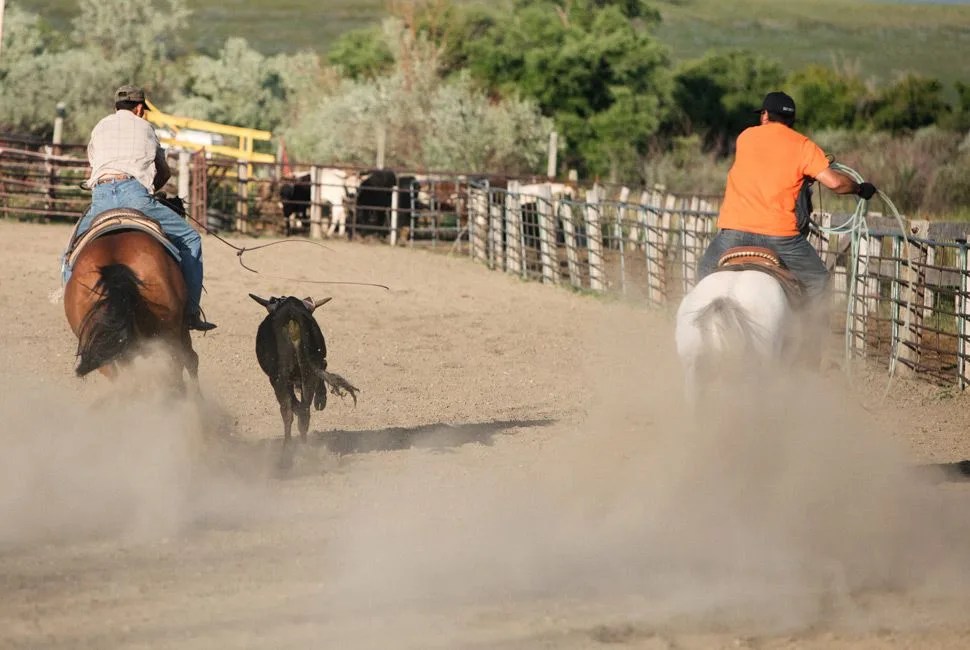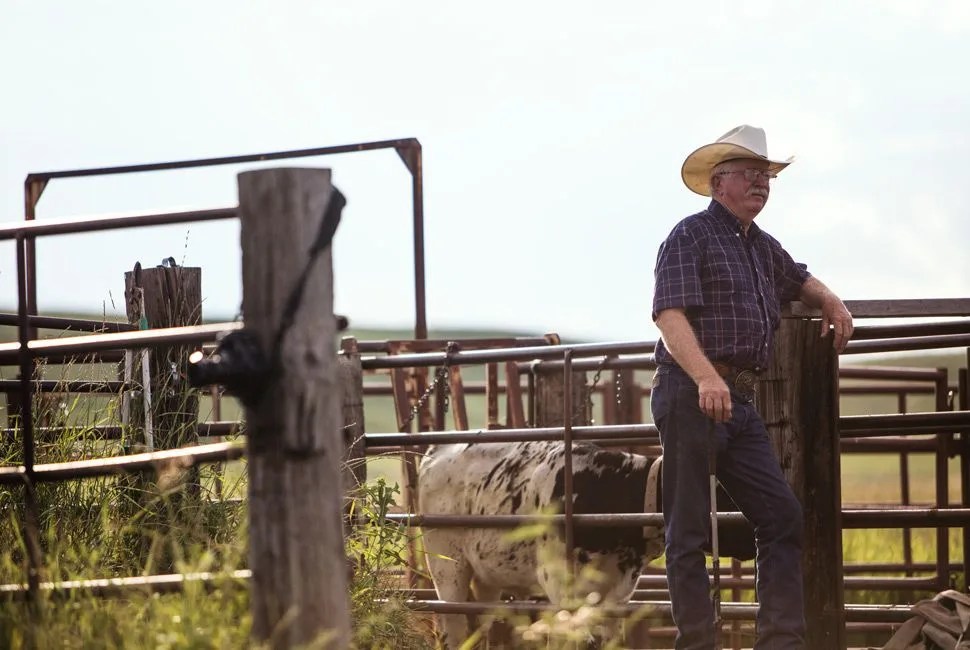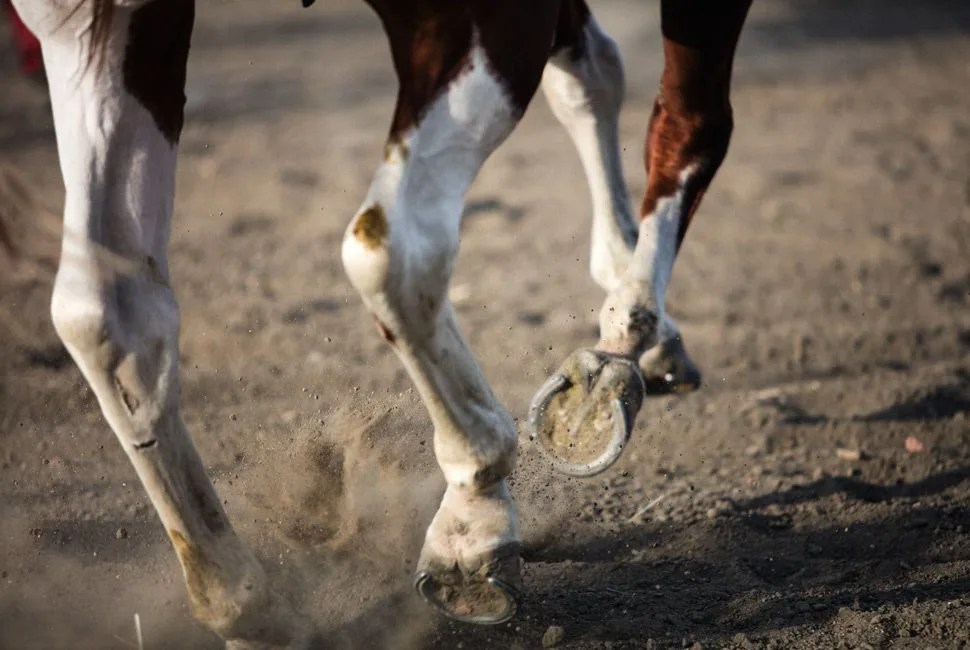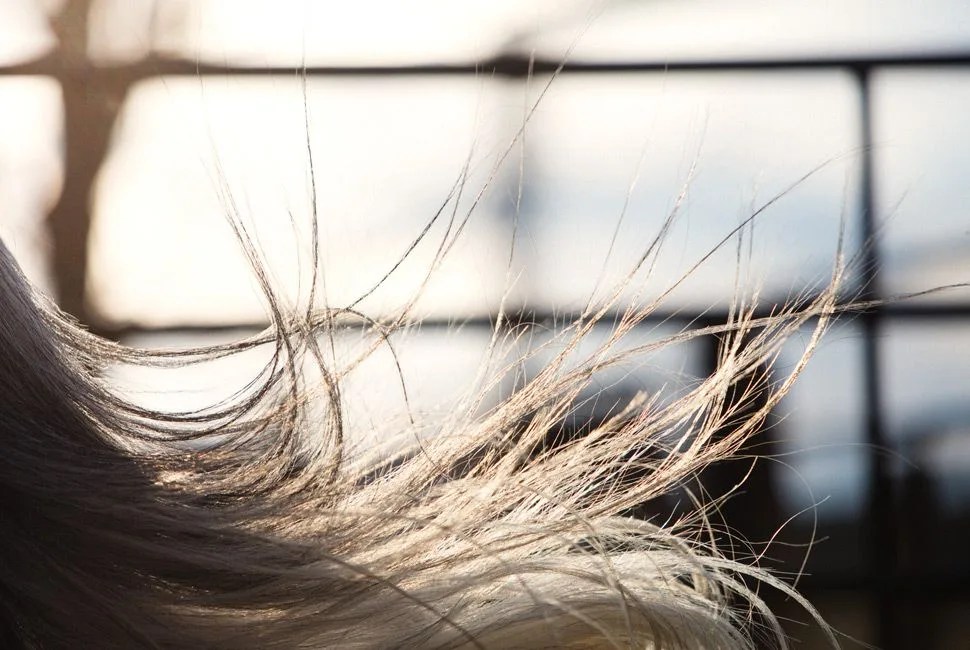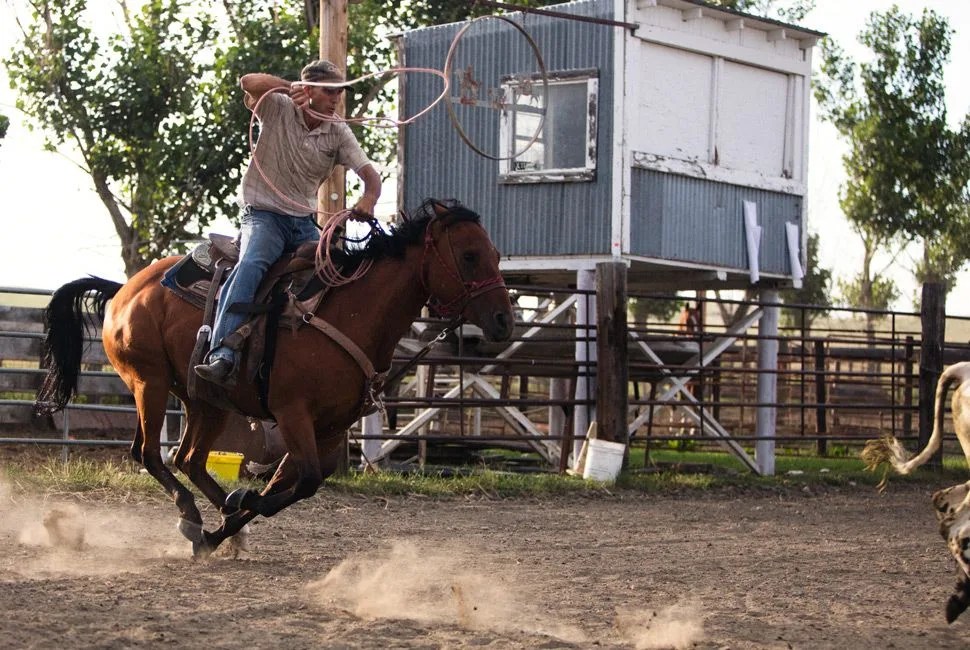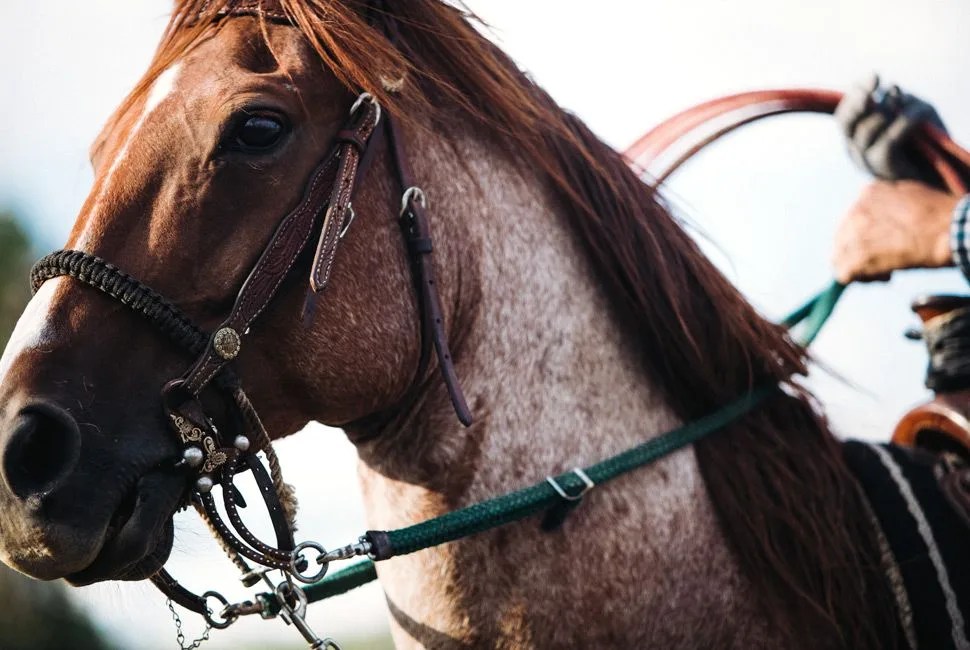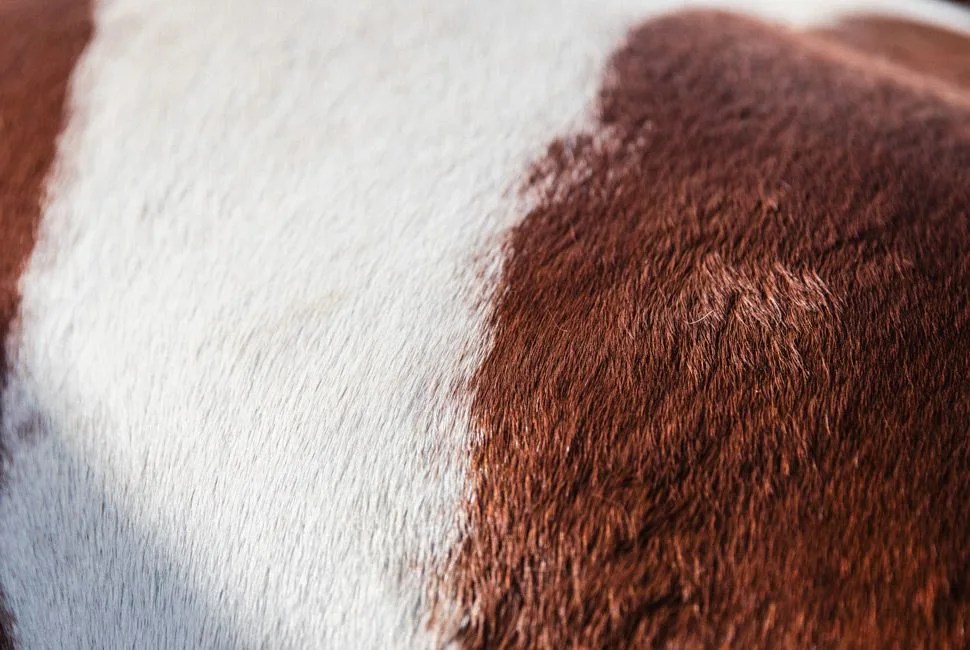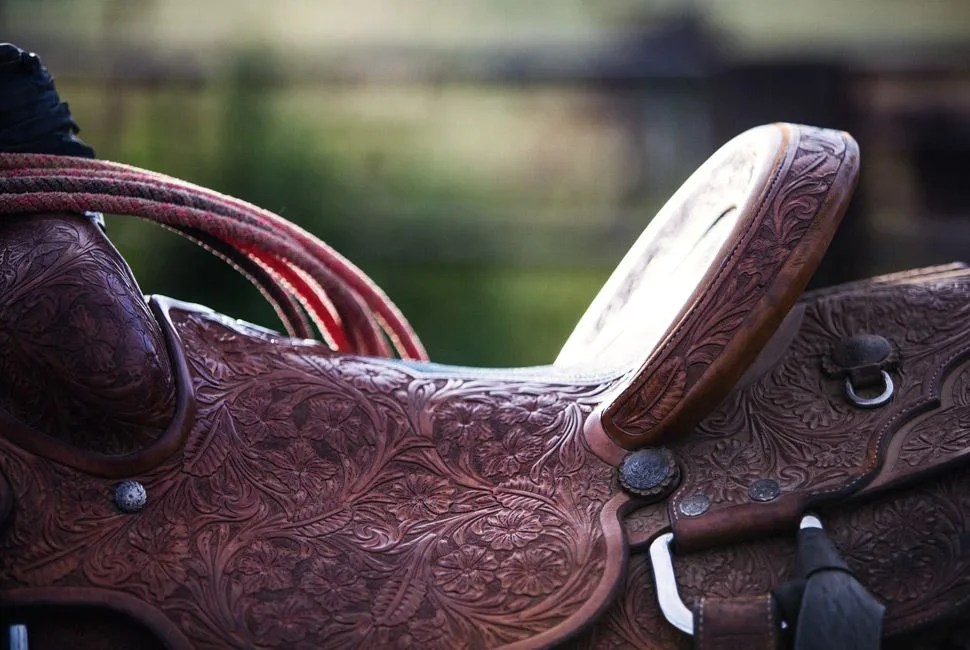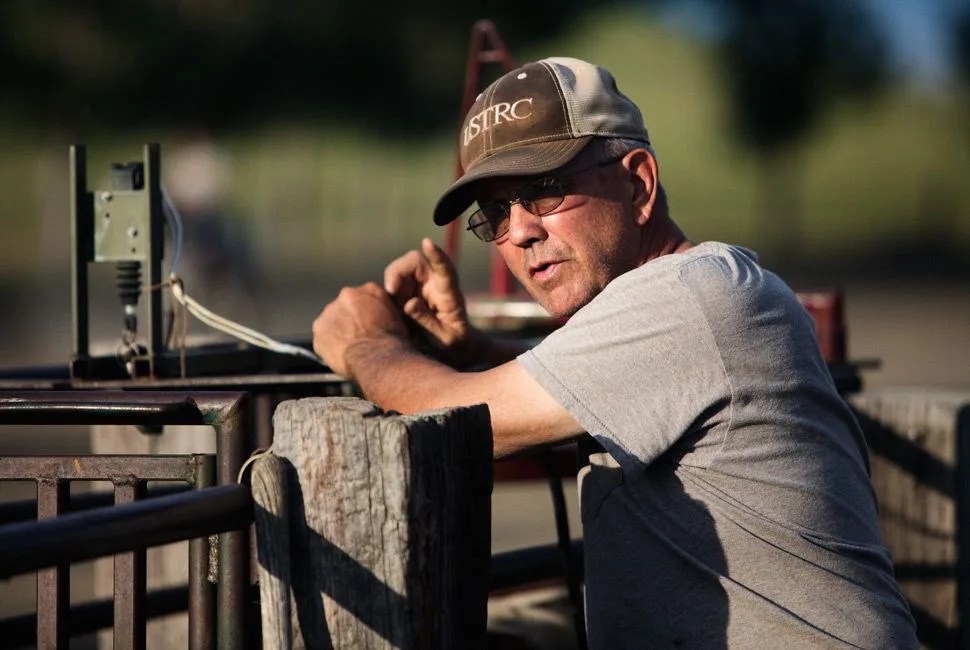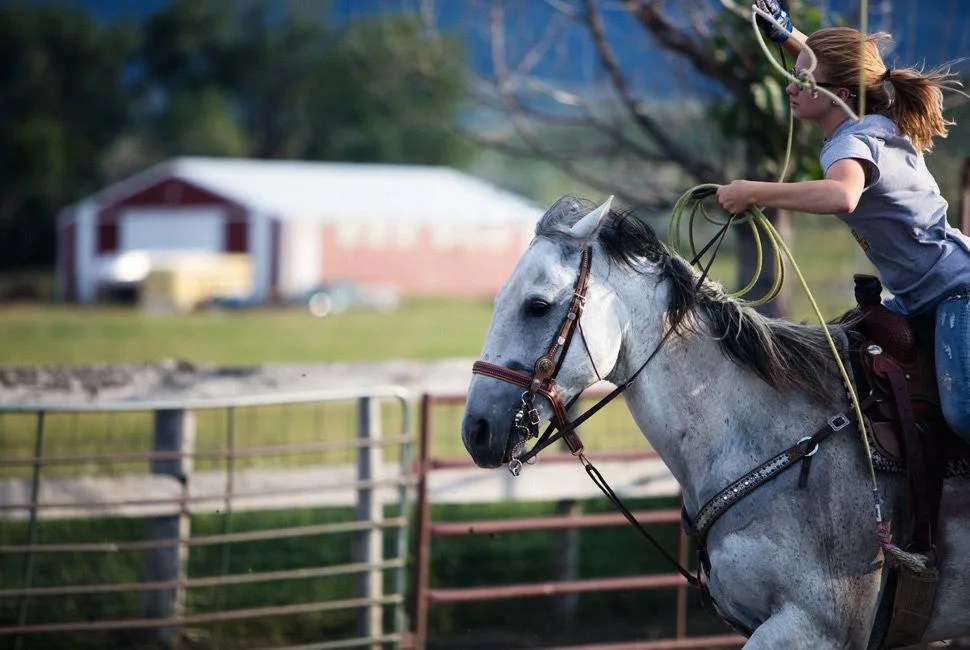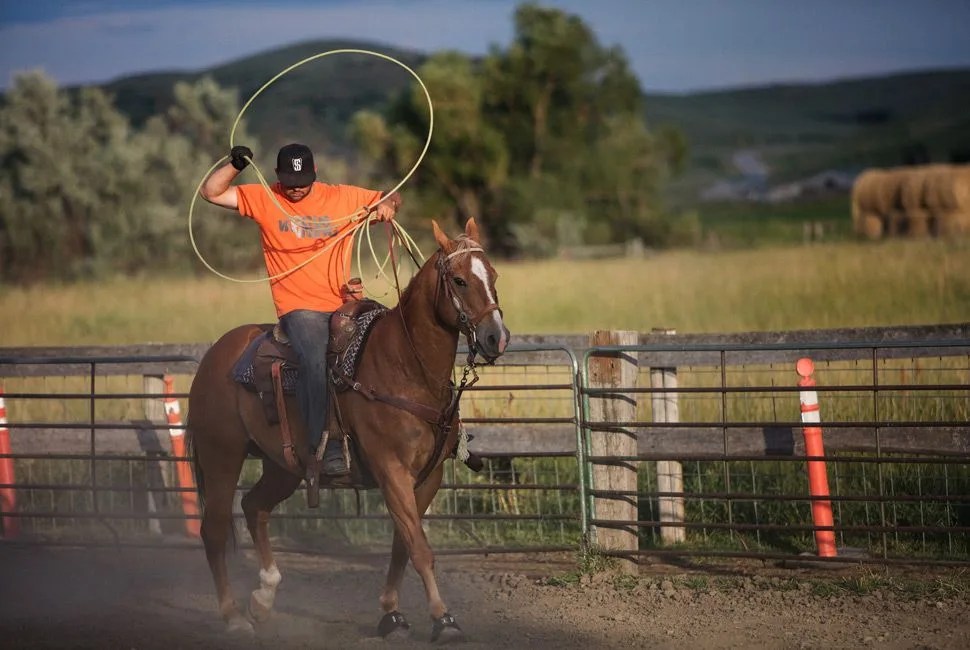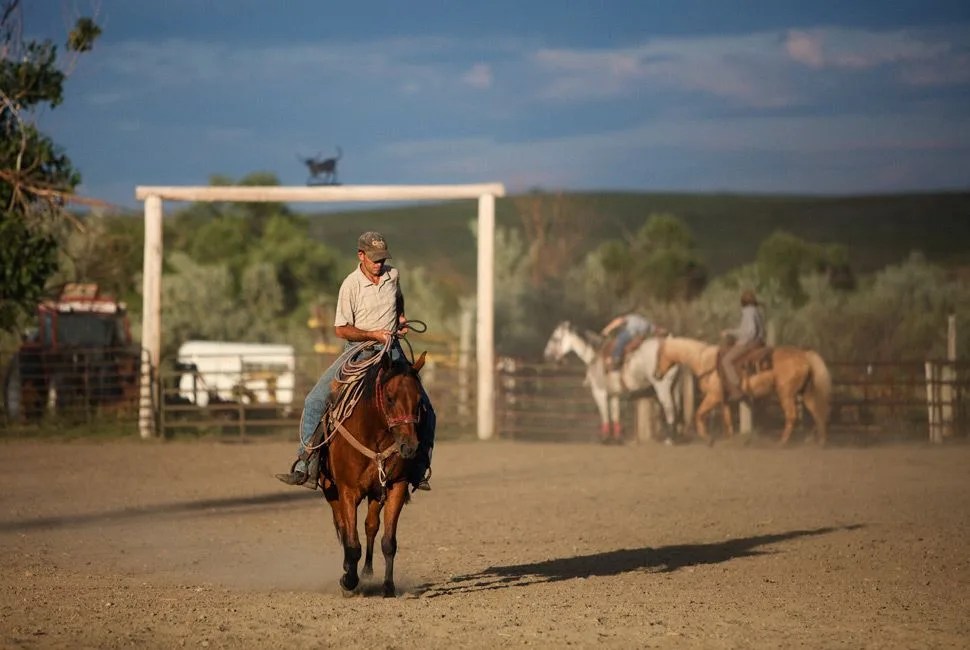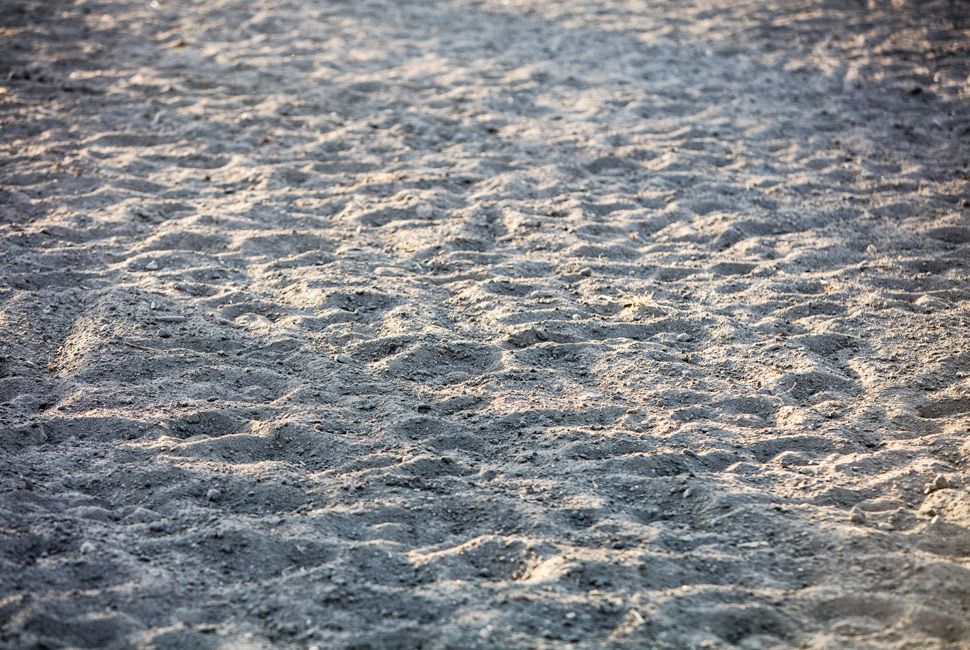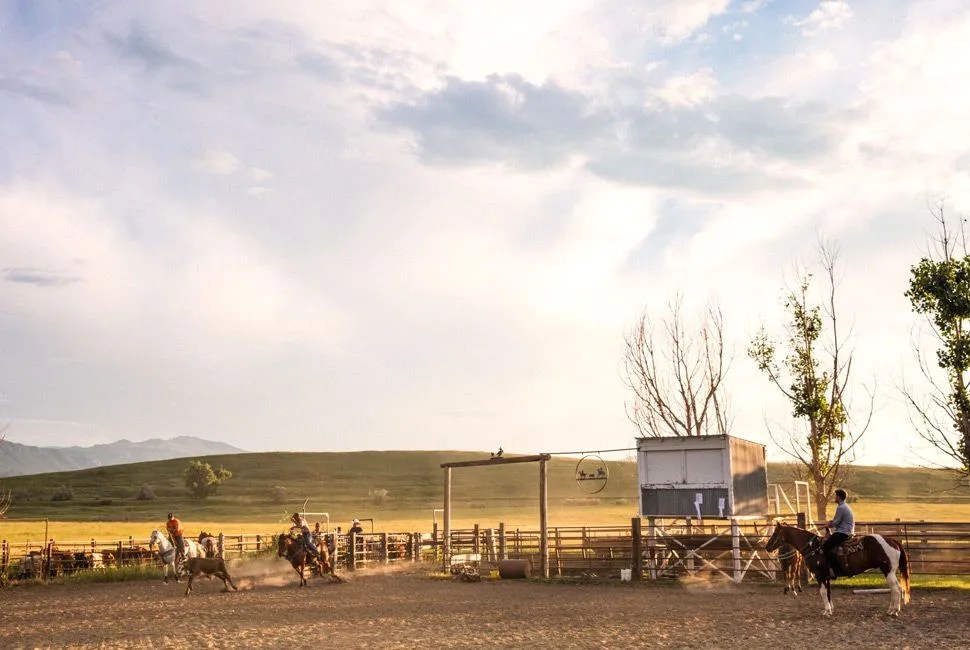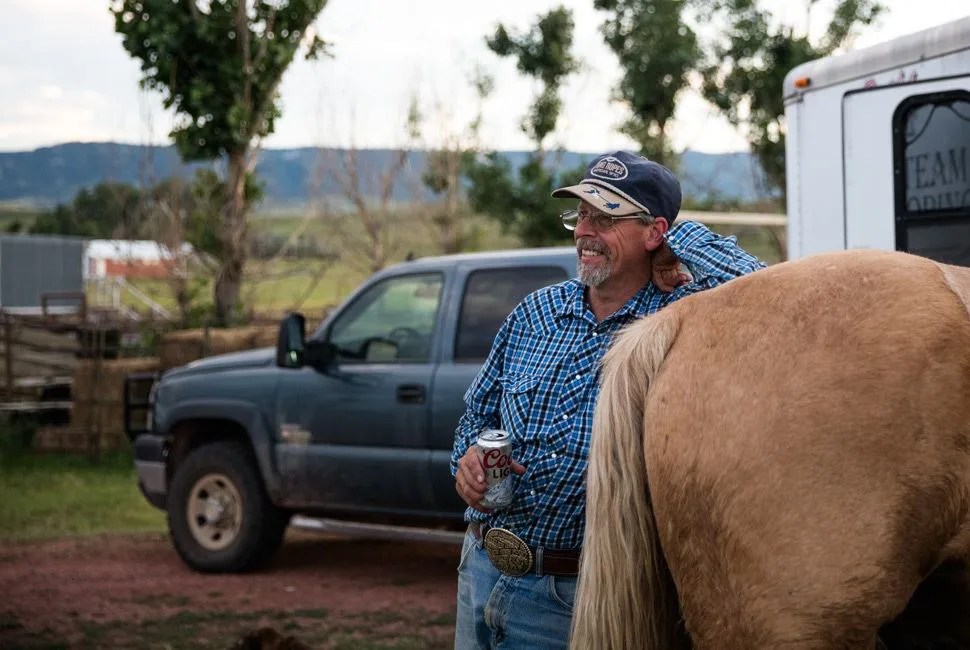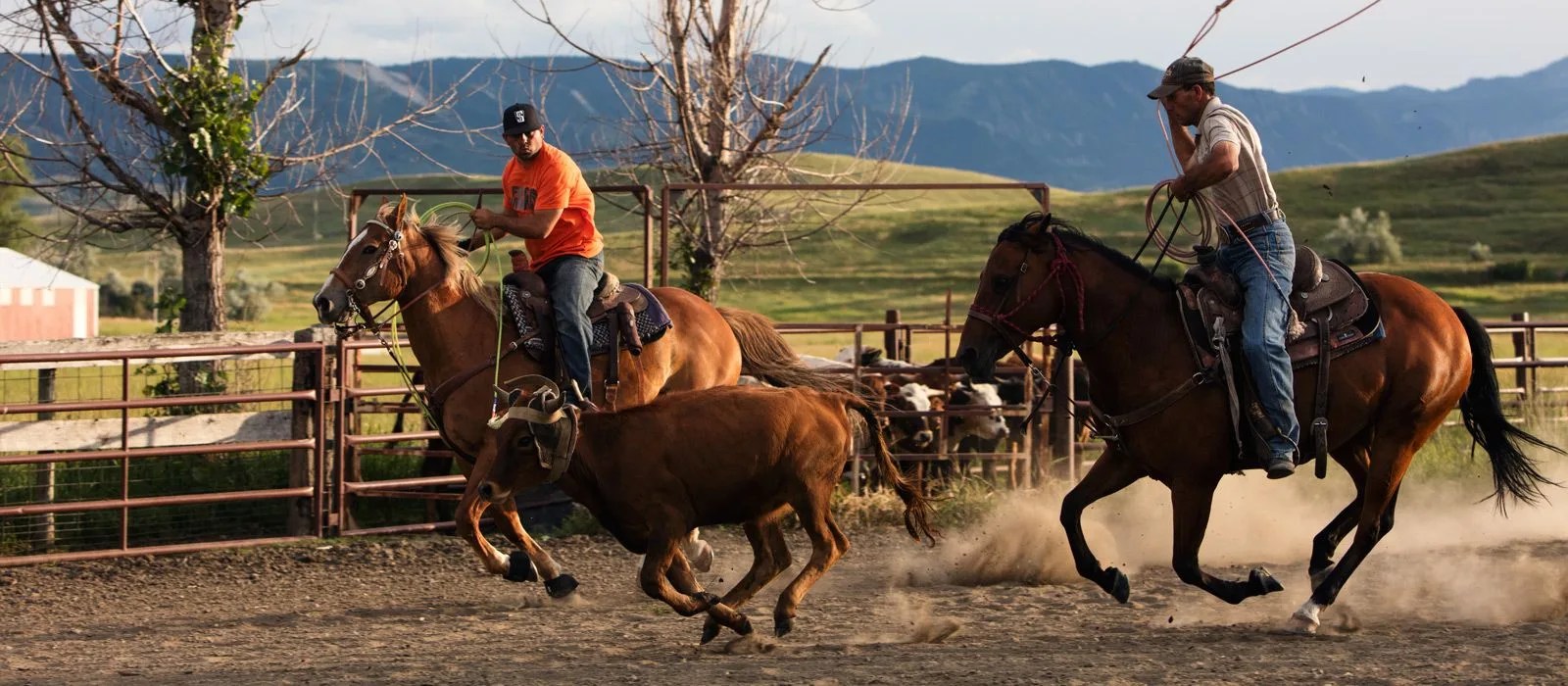23 photos
The sun careens off the black mountains above us, tires of the bigness of the Wyoming sky, and pools in the dirt of the riding arena at my horse’s feet. My horse is named Vern. His feet, along with the rest of him, are 26 years old. That is old for a horse, and he is showing it, knowing and wise to what I’m trying to do, but also not lending an ounce more effort than he thinks he needs to. I am happy with his effort. If he were to feel spry all of a sudden, I would probably land on my ass in the dirt.
Vern was Gary’s dad’s horse, until Gary’s dad passed away two months ago at 92. If he hadn’t, he’d be here practicing team roping with us, Gary says. Gary has owned this ranch in the foothills of the Blacktooth Mountains for 20 years, and he wields his ownership with a fearsome pride shared by farmers of all sorts. What Gary says, goes. I can practically see his dad’s ghost standing over in the corral, willed back alive for the moment by his son, shaking his head at the dumb kid who’s stolen his horse.
The first rider ensnares the steer with a lariat around the base of the horns, then maneuvers the animal so that the second rider can catch its back legs. The end result is a steer fully immobilized, strung out in a tug-of-war between its two captors.
Team roping is theoretically a simple sport, born of the necessity of catching sick or stray steers. Two riders, both with lariats swinging, chase down the steer, which wears a funny-looking head wrap for safety and knows it’d rather be getting somewhere else, fast. The first rider ensnares the steer with a lariat around the base of the horns, then wraps the lariat’s end around the horn of the saddle and maneuvers the animal so that the second rider can catch its back legs. The end result is a steer fully immobilized, strung out in a tug-of-war between its two captors. After a moment it is released to trot away, amply miffed but none the worse for wear.
The Lariat
